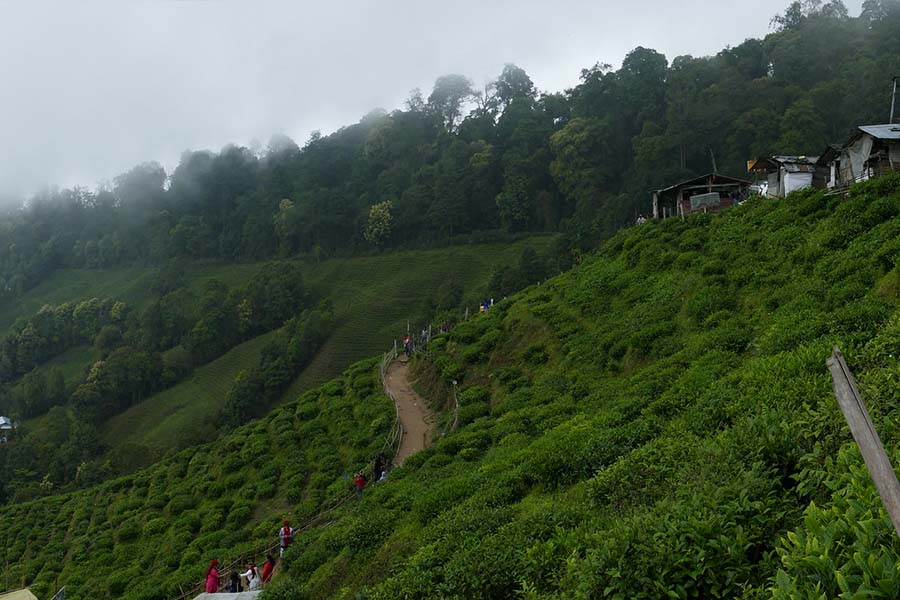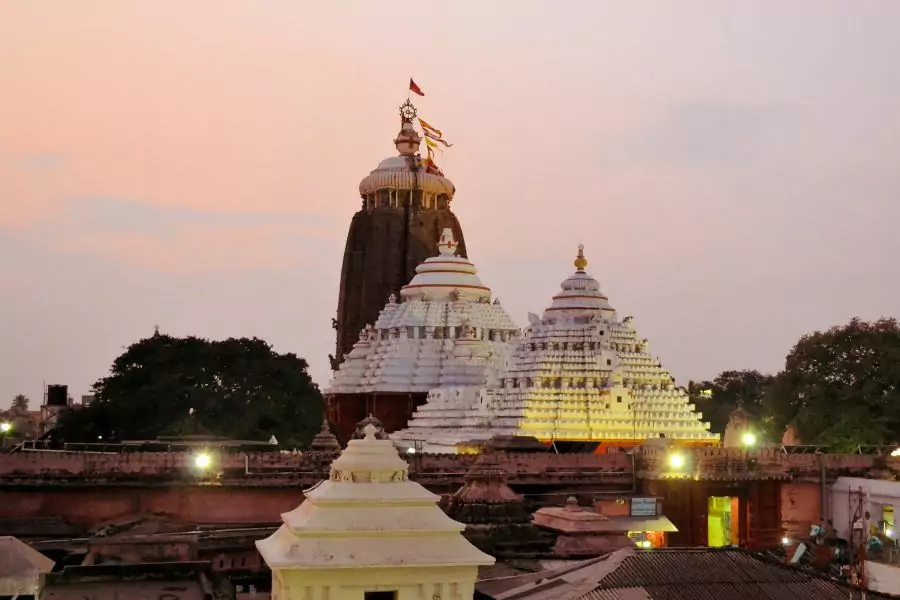City Palace Udaipur – History, Exploring the City Palace Complex

City Palace Udaipur is a splendid testament to Rajasthan’s rich cultural and architectural legacy. Perched on the eastern banks of Lake Pichola, this palace complex reflects the opulence of the Mewar dynasty. A harmonious blend of Mughal and Rajasthani architecture, the City Palace offers breathtaking views of the lake and the surrounding Aravalli hills. For anyone visiting Udaipur, this historic marvel is an essential part of the experience.
The Historical Significance of City Palace Udaipur
Foundation and Construction
City Palace Udaipur was initiated by Maharana Udai Singh II in 1559 when he shifted the capital from Chittorgarh to Udaipur. Over the centuries, successive Maharanas expanded the palace complex, adding various structures and enhancing its grandeur. The palace not only served as the royal residence but also symbolized the power and prestige of the Mewar dynasty.
Architectural Influences
The architecture of City Palace Udaipur showcases a fascinating fusion of Rajasthani, Mughal, European, and Chinese influences. Each section of the palace reflects the unique tastes of the rulers who contributed to its construction. The intricate mirror work, marble balconies, and towering turrets all contribute to the palace’s grandeur.
Exploring the City Palace Complex
The Main Gate: Badi Pol
The entry to the City Palace begins with the Badi Pol, an imposing gate that sets the tone for the grandeur that awaits inside. From here, visitors pass through the Tripolia Gate, a triple-arched gateway that leads into the palace complex. The Tripolia Gate is also home to the weighing scales used by the Maharanas for charitable donations, measured against their own weight.
Rang Bhawan
Rang Bhawan is one of the oldest structures within the City Palace complex. It originally served as the royal treasury and houses temples dedicated to Lord Krishna, Meera Bai, and Shiva. The significance of Rang Bhawan lies not only in its spiritual importance but also in its architectural beauty, with intricate carvings and designs adorning its walls.
Sheesh Mahal

Sheesh Mahal, or the “Palace of Mirrors,” is a dazzling section of the City Palace. Maharana Pratap’s son, Maharana Amar Singh, built this in 1716 to add an element of extravagance to the palace. The walls and ceilings of Sheesh Mahal are adorned with thousands of pieces of mirror, creating a stunning visual effect when light hits them.
The Zenana Mahal
The Zenana Mahal, or the Queen’s Palace, was the private quarters for the royal women. It’s an integral part of the City Palace and showcases delicate frescoes, jharokhas (overhanging enclosed balconies), and spacious courtyards. The Zenana Mahal now serves as a venue for royal weddings and other events, adding a modern touch to this historical space.
The Mor Chowk
Mor Chowk, or the Peacock Courtyard, stands as a masterpiece within the City Palace complex. It is renowned for its vibrant mosaics of peacocks, crafted with pieces of colored glass. These peacocks symbolize the changing seasons and showcase the artisans’ incredible skill. The courtyard is a visual delight and remains one of the palace’s most photographed sections.
The Crystal Gallery
The Crystal Gallery in City Palace Udaipur houses one of the world’s most extensive collections of crystal items. Maharana Sajjan Singh ordered this collection from F&C Osler & Co. in England in 1877. The gallery features crystal furniture, chandeliers, and decorative pieces that are sure to leave visitors in awe of the royal opulence.
Cultural and Historical Significance
Preservation of Rajput Traditions
City Palace Udaipur is more than just an architectural wonder; it’s a living museum that preserves the traditions and culture of the Mewar dynasty. The palace houses numerous artifacts, including royal attire, weapons, and manuscripts, all of which offer insights into the lifestyle of the Rajput rulers.
The Mewar Sound and Light Show

The City Palace hosts the Mewar Sound and Light Show, an evening spectacle that narrates the history of Udaipur and the Mewar dynasty. This show, held in the Manek Chowk courtyard, uses a blend of voiceovers, music, and lighting to create an immersive experience for visitors. It’s an excellent way to end a day of exploring the palace.
The Role of City Palace in Modern Udaipur
A Major Tourist Attraction
City Palace Udaipur is one of the most popular tourist destinations in Rajasthan. It attracts thousands of visitors each year who come to admire its architectural beauty, explore its museums, and learn about the history of the Mewar dynasty. The palace plays a vital role in Udaipur’s identity as a cultural and historical center.
Cultural Events and Royal Weddings
The palace continues to host cultural events, royal weddings, and festivals that celebrate Udaipur’s heritage. The Zenana Mahal and other sections of the palace are often used as venues for these grand events, drawing guests from around the world. These events keep the palace alive with the same vibrancy it held during the era of the Maharanas.
Visiting the City Palace
Best Time to Visit
The ideal time to visit City Palace Udaipur is during the winter months, from October to March, when the weather is pleasant. This period also coincides with several cultural festivals, making it the perfect time to experience Udaipur’s rich traditions.
Entry Fees and Timings
City Palace is open to visitors daily, from 9:30 AM to 5:30 PM. The entry fee varies for Indian and foreign tourists, with additional charges for accessing the Crystal Gallery and taking photographs. Guided tours are available for those who wish to delve deeper into the history and significance of the palace.
Nearby Attractions

City Palace Udaipur is situated in the heart of the city, making it easy to explore nearby attractions such as Lake Pichola, Jagdish Temple, and the Bagore Ki Haveli. Visitors can take a boat ride on Lake Pichola to enjoy stunning views of the palace and the surrounding landscape.
Conclusion
City Palace Udaipur is not just a monument; it’s a journey through centuries of royal history and architectural brilliance. The palace stands as a testament to the glory of the Mewar dynasty, offering visitors a glimpse into the opulence and grandeur of Rajasthan’s royal heritage. Whether you’re wandering through its courtyards, admiring the intricate mirror work, or exploring its museums, City Palace Udaipur provides an unforgettable experience that captures the essence of Udaipur.
FAQs
- Who built the City Palace Udaipur?
- Maharana Udai Singh II initiated the construction of City Palace Udaipur in 1559.
- What are the main attractions within the City Palace?
- Key attractions include the Sheesh Mahal, Mor Chowk, Zenana Mahal, and the Crystal Gallery.
- Is the City Palace still used for royal events?
- Yes, the palace continues to host royal weddings and cultural events.
- What is the best time to visit City Palace Udaipur?
- The best time to visit is during the winter months, from October to March.
- Are guided tours available at the City Palace?
- Yes, guided tours are available, offering insights into the palace’s history and architecture.


